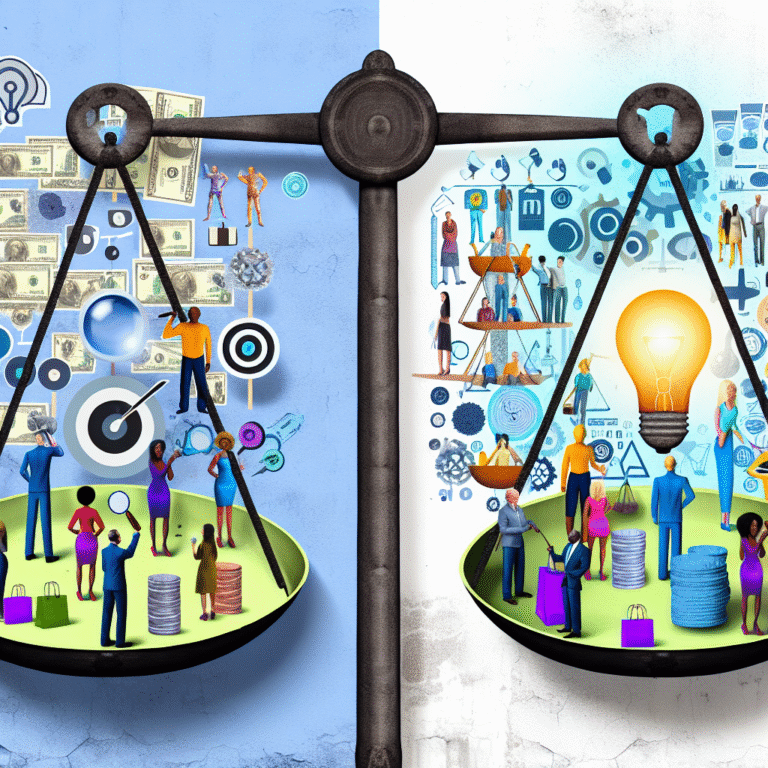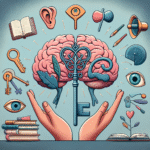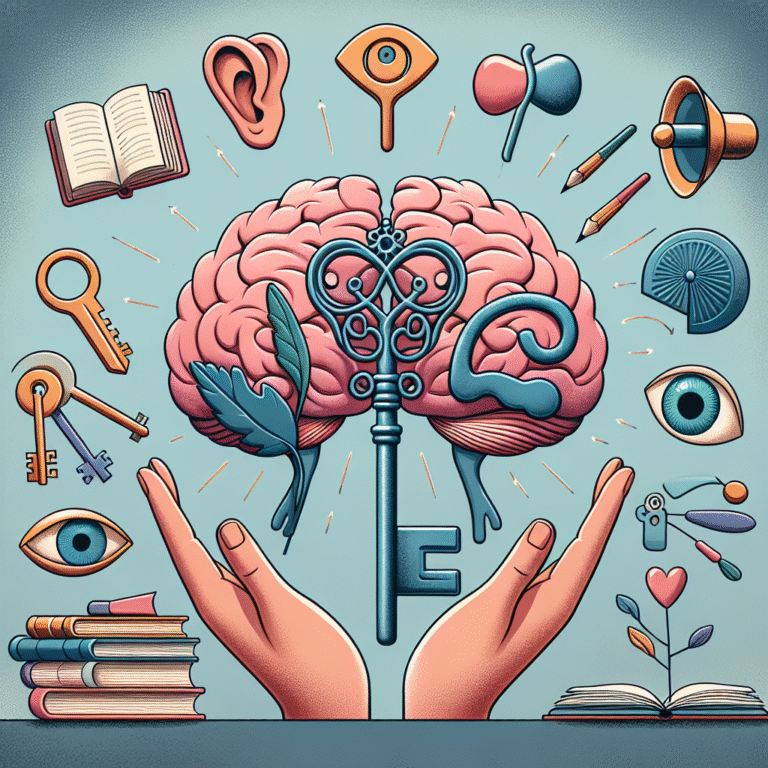
Cognitive Behavioral Therapy: The Science Behind Healing from Depression
Introduction
Imagine waking up each day feeling energized, hopeful, and ready to face whatever challenges life throws your way. For many individuals grappling with depression, this scenario might seem like an elusive dream. However, Cognitive Behavioral Therapy (CBT) is a proven, effective method that can help turn this dream into reality. As one of the most recognized therapeutic approaches in the mental health field, CBT focuses on reshaping thoughts and behaviors, providing individuals with tools to navigate their emotional landscapes. This article delves into Cognitive Behavioral Therapy: The Science Behind Healing from Depression, exploring its principles, applications, and the empirical evidence supporting its effectiveness.
Understanding Cognitive Behavioral Therapy
What is Cognitive Behavioral Therapy?
At its core, Cognitive Behavioral Therapy posits that our thoughts, feelings, and behaviors are interconnected. When a person experiences depression, their thought patterns can become distorted, leading to negative emotions and behaviors that perpetuate the cycle of depression. CBT aims to break this cycle by identifying and challenging these negative thoughts, replacing them with healthier ones that can lead to improved emotional well-being.
Key Principles of CBT
Cognitive Restructuring: This involves identifying negative thought patterns and challenging them with evidence-based reasoning.
Behavioral Activation: Encouraging individuals to partake in activities that bring joy or pleasure to oppose depressive inertia.
Skill Development: Teaching coping strategies to manage stress and anxiety effectively.
- Solution-Focused Approach: Concentrating on immediate problems and finding practical solutions rather than delving extensively into past issues.
The Science Behind CBT and Depression
CBT is deeply rooted in psychological research. Studies have shown that its structured approach leads to significant improvements in mood and functioning for those dealing with depression.
Mechanism of Action
The effectiveness of Cognitive Behavioral Therapy: The Science Behind Healing from Depression lies in its ability to shift cognitive distortions. For example:
All-or-Nothing Thinking: Seeing situations in black-and-white terms, leading to feelings of failure.
- Catastrophizing: Expecting the worst-case scenarios, which can amplify anxiety and stress.
By employing techniques such as cognitive restructuring, individuals can learn to recognize these distortions and replace them with more balanced thinking.
Empirical Evidence
Numerous studies validate the effectiveness of CBT for depression. Research published in The American Journal of Psychiatry indicates that CBT significantly reduces symptoms of depression and can be as effective as antidepressant medications in some cases.
| Study | Findings |
|---|---|
| Barlow et al. (2000) | 50% reduction in depressive symptoms in 60% of participants. |
| Hollon et al. (2005) | Long-term efficacy; 75% of participants maintained improvements after one year. |
The table above illustrates that a significant proportion of individuals experience substantial benefits from CBT, showcasing the therapy’s robust nature in addressing depression.
Real-World Applications of CBT
Case Study 1: John’s Journey
John, a 30-year-old graphic designer, found himself stuck in a profound state of despair following a series of life setbacks. Traditional talk therapies provided little relief, which led him to explore Cognitive Behavioral Therapy. Through CBT, John learned to recognize his all-or-nothing thinking, especially about his career.
Analysis of John’s Case
By reframing his thoughts and engaging in behavioral activation—such as taking up painting again—John saw a marked improvement in his mood and outlook on life, illustrating the power of CBT in real-world applications.
Case Study 2: Maria’s Transformation
Maria, a 25-year-old accountant, struggled with chronic depression exacerbated by her demanding job. After several weeks of CBT, she began to implement time management strategies and challenge her negative thoughts about work.
Analysis of Maria’s Case
Maria’s experience demonstrates how Cognitive Behavioral Therapy: The Science Behind Healing from Depression offers practical coping skills that individuals can use to manage both their thoughts and their environments effectively.
Techniques Utilized in CBT
Thought Records: A tool for tracking negative thoughts and evaluating their accuracy.
Exposure Therapy: Gradual exposure to feared situations to diminish anxiety.
- Mindfulness Practices: Encouraging individuals to be present, reducing rumination.
Benefits of CBT
Short-term and Long-term Relief: Symptoms often improve quickly, with sustained benefits.
Skills for Life: Patients learn coping mechanisms that they can use beyond therapy sessions.
- Reduced Risk of Relapse: By addressing the root causes of depressive thoughts, CBT minimizes the chances of future episodes.
Challenges and Limitations of CBT
While CBT has proven effective for many, it is not a one-size-fits-all solution:
Availability: Access to trained CBT practitioners can be limited in some regions.
Engagement: Successful outcomes require active participation from clients.
- Variability in Response: Each individual may respond differently; not every treatment will yield the same results.
Conclusion
The journey through depression can feel overwhelming, but Cognitive Behavioral Therapy: The Science Behind Healing from Depression provides a beacon of hope for many. With its practical techniques and an evidence-based approach, CBT empowers individuals to take charge of their mental health. By transforming negative thought patterns and behaviors, it has the potential to create lasting change and bring about profound healing.
As you reflect on the insights shared, consider that recovery is possible. Equip yourself with the tools provided through CBT, and remember: every step, no matter how small, is part of a journey towards a brighter, healthier future.
FAQs
1. How long does CBT take to work?
CBT typically consists of 12-20 sessions, with many individuals noticing improvements in as little as four to six weeks.
2. Can CBT be done online?
Yes, many therapists offer virtual CBT sessions, making it accessible to more people.
3. Is CBT effective for other mental health issues?
Absolutely! CBT is also effective for anxiety disorders, PTSD, OCD, and more.
4. Are there any side effects of CBT?
Unlike medication, CBT has no physical side effects, although some individuals may initially experience discomfort when confronting difficult emotions.
5. How can I find a qualified CBT therapist?
Check with your local mental health organizations, seek referrals from healthcare providers, or research online directories that specialize in psychotherapy.
By exploring the depths of Cognitive Behavioral Therapy: The Science Behind Healing from Depression, we hope to illuminate the pathways to a brighter tomorrow for all who are in need of healing.















